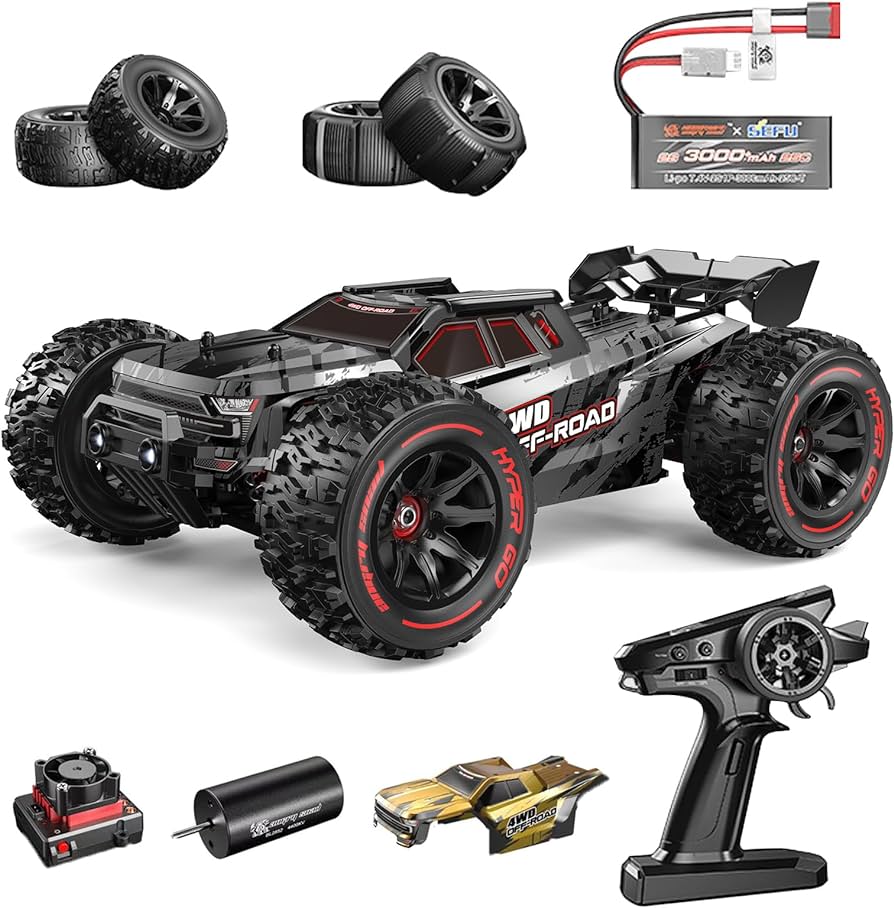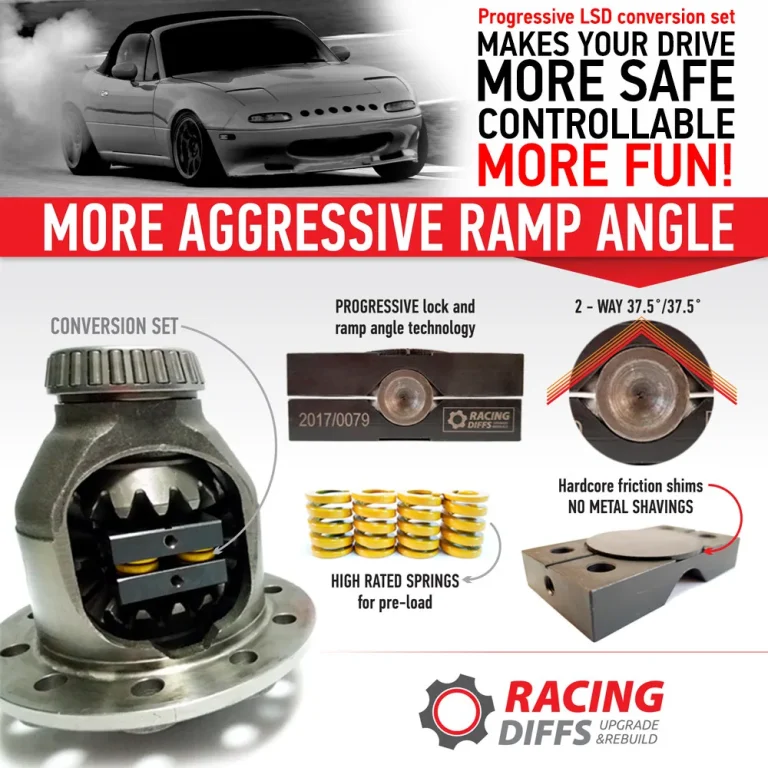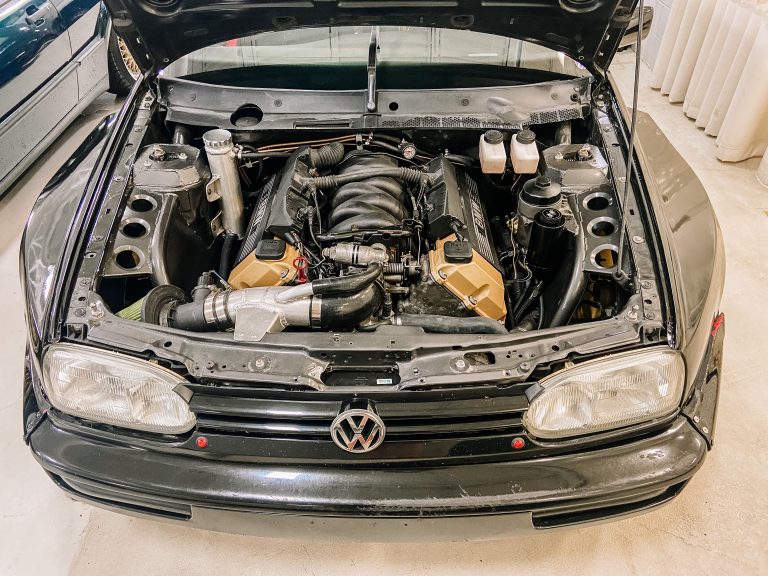Automobile enthusiasts often debate the capabilities of all-wheel drive (AWD) vehicles when it comes to drifting. The term “drifting” refers to a driving technique where the driver intentionally oversteers, causing loss of traction in the rear wheels, while maintaining control and driving the car through the entirety of a corner. Traditionally, rear-wheel drive (RWD) vehicles have been the preferred choice for drifting due to their ability to easily break traction and slide through corners. However, with advancements in technology and automotive engineering, the question arises: Can you drift an AWD?
Understanding All-Wheel Drive (AWD)
Before delving into the debate about drifting an AWD vehicle, it’s essential to understand the mechanics of AWD. Unlike front-wheel drive (FWD) and RWD vehicles, AWD vehicles use a system that distributes power to all four wheels. This is achieved through various setups, such as full-time AWD, part-time AWD, and on-demand AWD. The primary objective of AWD is to enhance traction and stability, particularly in adverse driving conditions such as snow, rain, and off-road terrain. With power being sent to all four wheels, AWD vehicles are known for their superior grip and control.
Drifting with All-Wheel Drive (AWD)
Now, coming back to the burning question: Can you drift an AWD vehicle? The simple answer is yes, it is possible to drift an AWD car. While AWD vehicles are designed for stability and traction, with the right technique and modifications, it is entirely feasible to initiate and sustain a drift in an AWD car.
Factors That Influence Awd Drifting:
Several factors come into play when attempting to drift an AWD vehicle:
- Power Distribution: AWD systems vary in how they distribute power between the front and rear wheels, as well as between the left and right wheels. Some AWD setups may have a default front-wheel bias, while others evenly distribute power. The ability to adjust this power distribution can impact the car’s propensity for drifting.
- Drivetrain Modifications: Upgrades to the drivetrain, such as a limited-slip differential, can facilitate power transfer and help induce and control oversteer, a crucial component of drifting.
- Dynamic Control Systems: Advanced stability and traction control systems in modern AWD vehicles can be a hindrance when attempting to drift. Some systems may need to be temporarily disabled or recalibrated to allow for controlled oversteer.
Technique and Skill
Successfully drifting an AWD car not only relies on the vehicle’s capabilities but also on the driver’s technique and skill. While the principles of initiating oversteer and controlling the slide remain consistent with RWD drifting, there are nuances to be mindful of when drifting an AWD vehicle. The throttle control, weight transfer, and steering inputs differ to some extent, and mastering these elements is crucial for proficient AWD drifting.

Credit: www.bochtoyotasouth.com
Professional Perspectives
Professional drifters and automotive experts have demonstrated the potential of AWD drifting. In various motorsport events and exhibitions, AWD drift cars have showcased their ability to execute spectacular drifts with precision and style. These demonstrations reinforce the idea that AWD drifting is indeed a viable and captivating form of automotive art.
Conclusion
In conclusion, the notion that AWD vehicles are incapable of drifting is debunked by the evidence of skilled drivers and modified AWD cars performing impressive drifts. While it may require additional expertise and modifications compared to RWD drifting, AWD drifting is undoubtedly a possibility. With the right combination of technology, technique, and talent, AWD vehicles can slide and maneuver with the grace and finesse that make drifting a truly captivating automotive pursuit.






